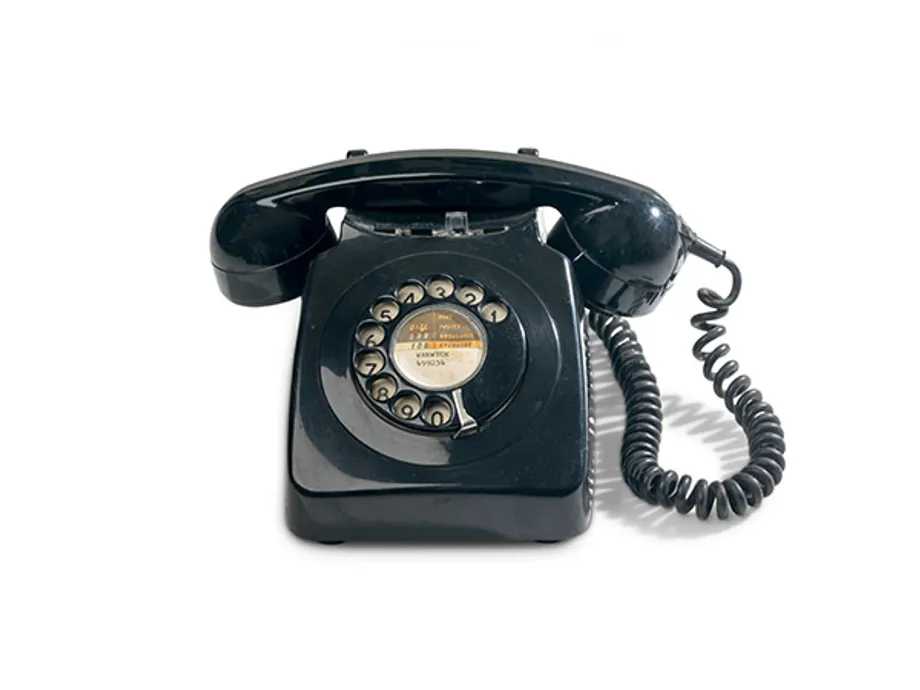Telegraphy
The word telegraphy comes from the Greek words tele (meaning at a distance) and graphein (meaning to write).
Telegraphy is the long-distance transmission of textual/symbolic messages (as opposed to verbal or audio messages), without the physical exchange of an object bearing the message. Therefore Semaphore is a method of telegraphy, whereas pigeon post is not.
Telegraphy requires that the method used for encoding the message be known to both sender and receiver. An electric telegraph is a telegraph that uses electrical signals, usually conveyed via dedicated telecommunication lines or radio.
Dover / Calais submarine cable 1851
Within the presentation box are two sections of the Dover to Calais telegraph cable, originally laid in 1851, and made by the company R S Newall. An accompanying plaque says, 'The cable was laid between Dover and Calais in September 1851 from HMS Blazer piloted by HMS Fearless, Captain F Bullock RN'.
This piece was picked up after many years submersion during repairing operations. A Dover to Calais cable had been laid in 1850, the worlds first submarine cable. However, when the cable was connected to the French shore-end it failed due to a break in the circuit.

